There is an increasing need for various types of disposable glasses such as plastic, paper, bioplastic, etc., especially in the medical and/or dental industry, with varying costs.
As manufacturers, we have been evaluating raw materials and production methods for some time. Making disposable cups from paper, a common raw material, seems like a good idea. In fact, paper cups are often promoted and sold under the pretense that they are compostable, recyclable, and even “organic.”
However, this is not fully supported by the evidence, as paper cups are never completely free of any trace of plastic, even if they are engineered to do so. In fact, paper cups have an inner plastic coating that prevents the paper from coming into contact with the liquid in the cup.
This layer makes up about five percent of their total weight, which leads to increased energy consumption and CO2 emissions during the production process.

Paper cups are often rejected by recycling facilities and sent to landfills because separating paper from plastic is complex, time-consuming and expensive. As a result, paper cups are usually thrown away. Legal restrictions imposed across Europe are another element to consider.
These rules impose strict restrictions on the use of recycled paper fibers in goods intended to come into contact with food (packaging, but plates and cups).
Paper cups weigh twice as much as regular plastic cups and therefore impact the environment during delivery.
Cups made from corn, bamboo or sugarcane are examples of biodegradable plastic cups. This approach seems to be the best choice in theory as it provides an environmentally friendly solution that is comparable to the traditional method.
Compared to the production and use of conventional plastics, bioplastics offer several advantages, not only in terms of the amount of energy required, but also in terms of the amount of greenhouse gas emissions.
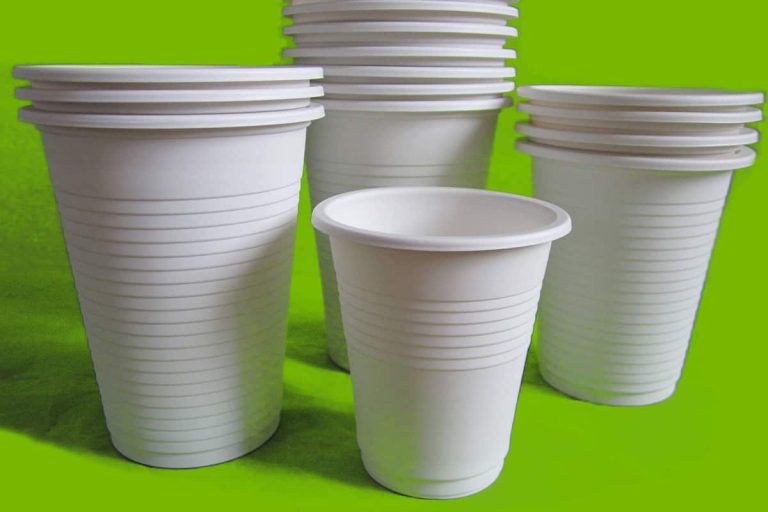
The use of chemical compounds and chemical fertilizers in the cultivation of vital renewable raw resources, in addition to the use of land and water for agricultural purposes, has significant destructive effects on the environment.
This includes the environmental impacts of transporting the biomass needed to produce it. In general, biodegradable plastic, often created from PLA and produced from corn or sugarcane, is fully compostable and can be disposed of without leaving any trace of waste.
In fact, certain environmental conditions are required for the correct implementation of this technique. If we throw away a PLA cup in a landfill, it is unlikely that we will recover anything. Instead, PLA should be tossed in composting facilities.
The temperatures often achieved in home composting systems are insufficient to promote decomposition. Furthermore, consumers and recycling facilities cannot distinguish between PLA and traditional plastics due to their similarities.
This creates a dilemma because introducing PLA into the PET recycling process can contaminate the material, which has the potential to significantly reduce the amount of recycling produced. As a result, the widespread use of these plastics encourages the growth of monocultures, which is detrimental to biodiversity and the economic sustainability of the Earth.
In addition, it has a direct impact on the price of raw resources needed to produce food products. As a result, bioplastics may serve as an alternative material. However, they currently appear to be environmentally unsustainable for use in creating disposable items, which often have a relatively short lifespan.
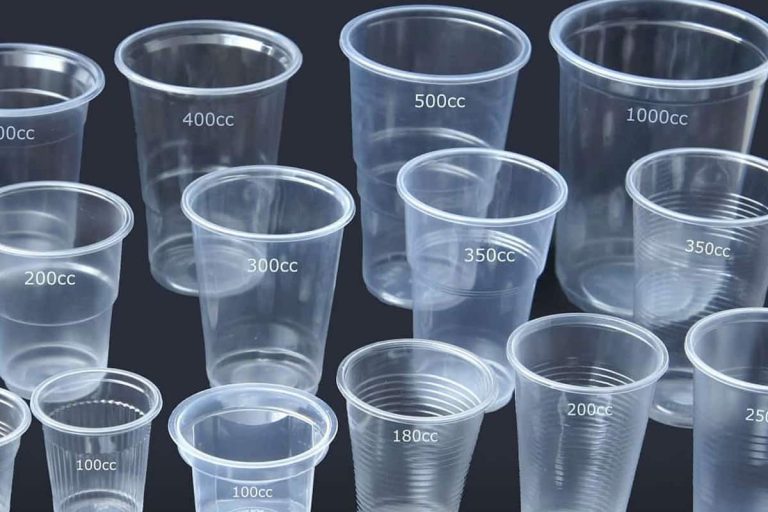
Plastic production still relies on crude oil as its primary raw material. However, the resulting plastic can pollute the environment to a lesser or greater degree, depending on the amount of energy consumed, the amount of carbon dioxide produced, and the potential for recycling, in addition to the potentially hazardous nature of the materials that are released. During the plastic life cycle
Polypropylene follows biopolymers as one of the most environmentally friendly plastics (PP). In the production of polypropylene, raw materials are used that are completely safe for the environment. These include ethylene and propylene as feedstocks (PP).
In addition, polypropylene does not contain any additives, even the most basic ones such as plasticizers. The production of polypropylene (PP) cups is a basic process that requires very little energy and has a minimal impact on carbon emissions. In addition, industrial waste may be recycled and hence the amount of waste generated is reduced. Mechanical recycling of PP plastic is recommended wherever possible.
Compared to recycling paper coffee cups, recycling plastic polypropylene cups is not only very simple and widespread, but also quite beneficial for the environment.
Polypropylene is easily recognized by most waste recycling systems, allowing it to be recycled efficiently while consuming much less energy than other polymers. The use of recycled plastics has been steadily increasing over the past few years and this trend is expected to continue.

Although it is against the law to reuse plastic in food production, when comparing different recycling methods, PP cups provide the best overall results.
This is true even if it is illegal to reuse plastic in food production. Because polypropylene is physiologically inert, it is used in a wide range of medical devices. These goods include cannulas, spatulas, syringes and disposable items, etc.
In this regard, it is important to remember that waste from medical institutions is considered a special type of waste and their disposal requires the use of thermal destruction techniques in facilities that operate incinerators. In this sense, polypropylene poses no threat because it completely decomposes when exposed to carbon dioxide.
Each of our cups is produced from PP, which not only ensures the lowest potential impact on the environment, but also provides the most efficient alternative to waste disposal. Based on this information, which of the following is more environmentally friendly: paper, bioplastics, or polypropylene (PP)?
After thoroughly analyzing this issue from a production perspective, we have come to the conclusion that there is no answer to this issue that is both vague and leaves no room for interpretation. Due to the unique nature of the materials used in each product, their cost varies. We offer a wide selection of disposable cups, each of which is of the highest possible quality at an affordable price. If you want more statistics or information, please contact our sales managers.
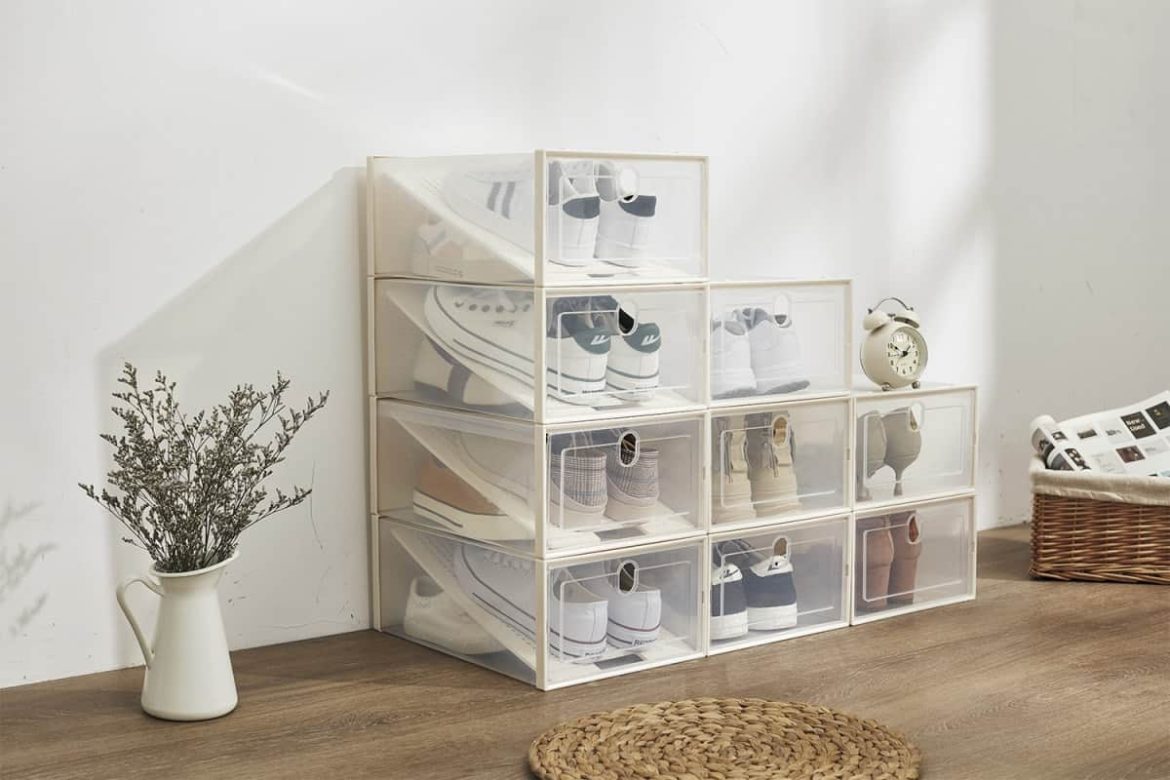
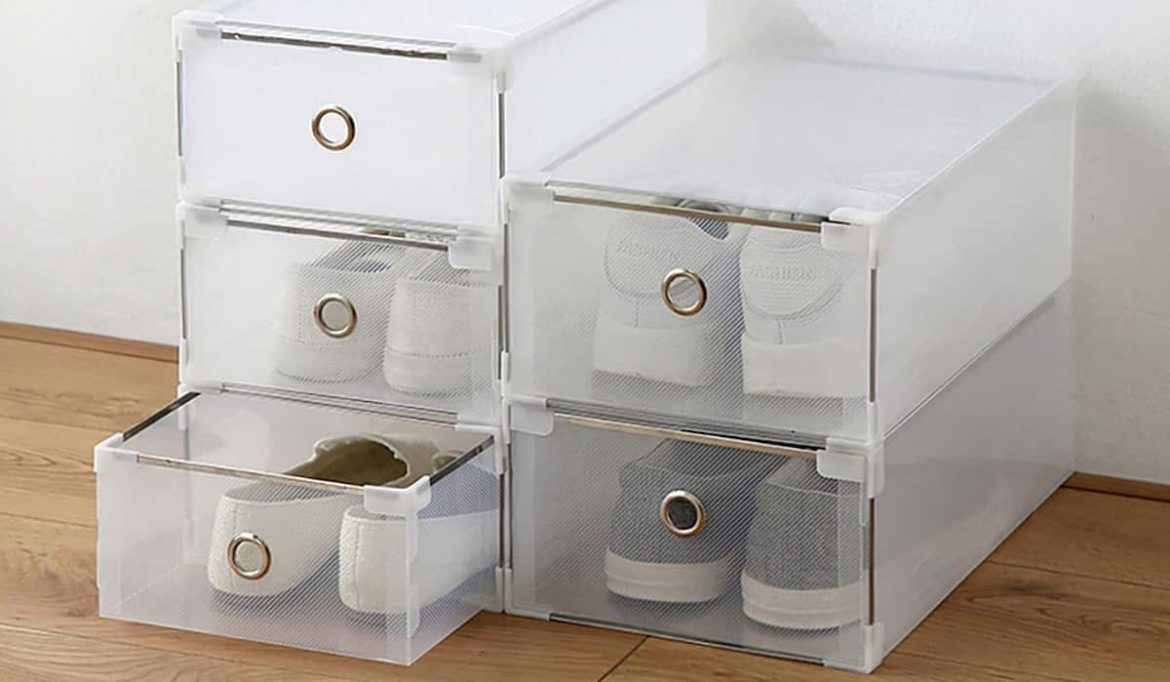
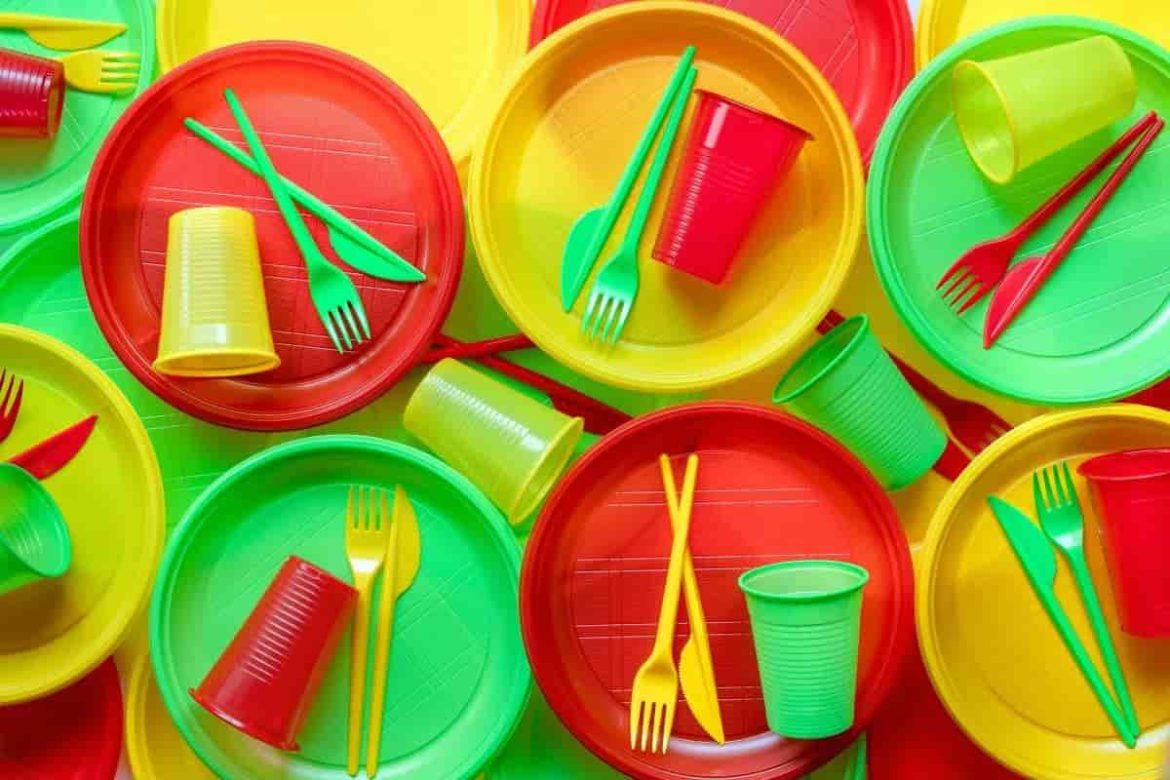
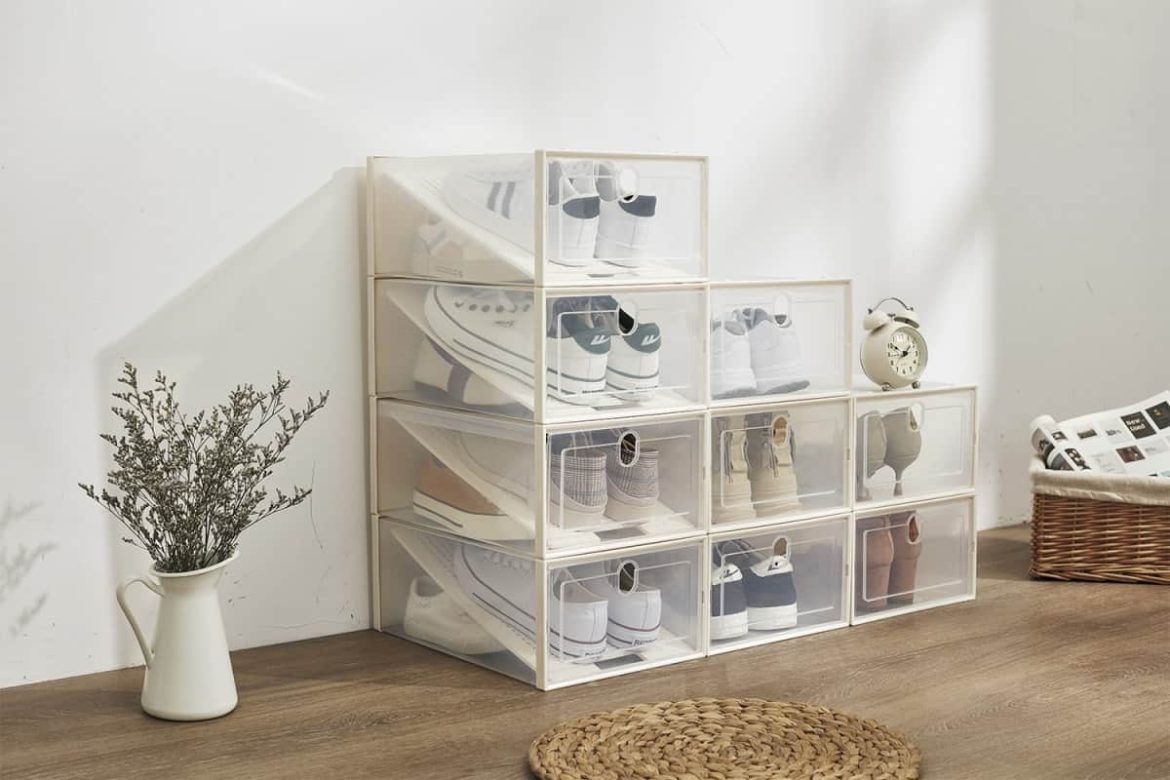
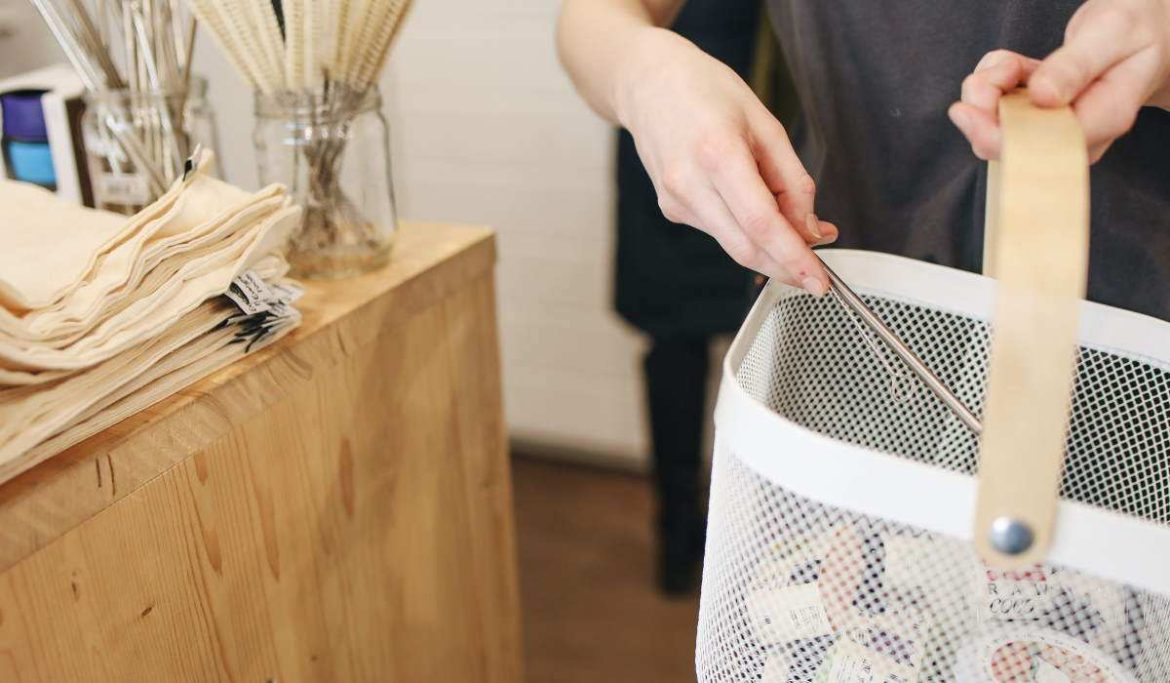

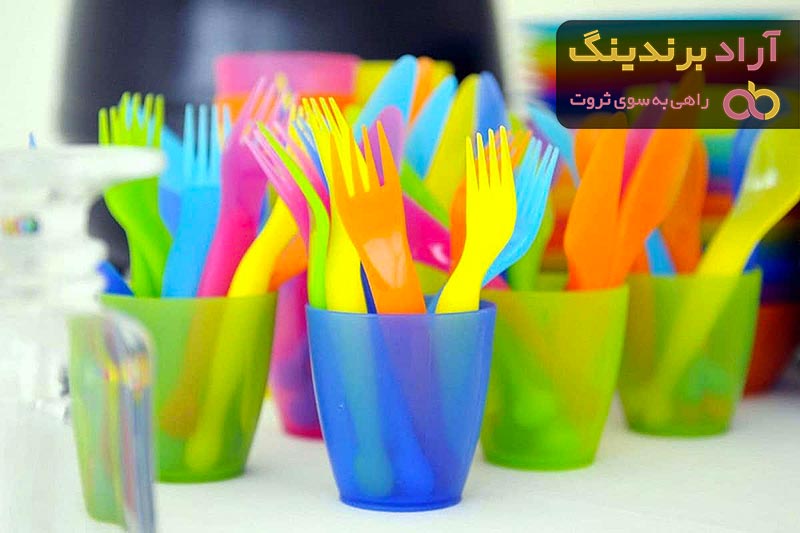
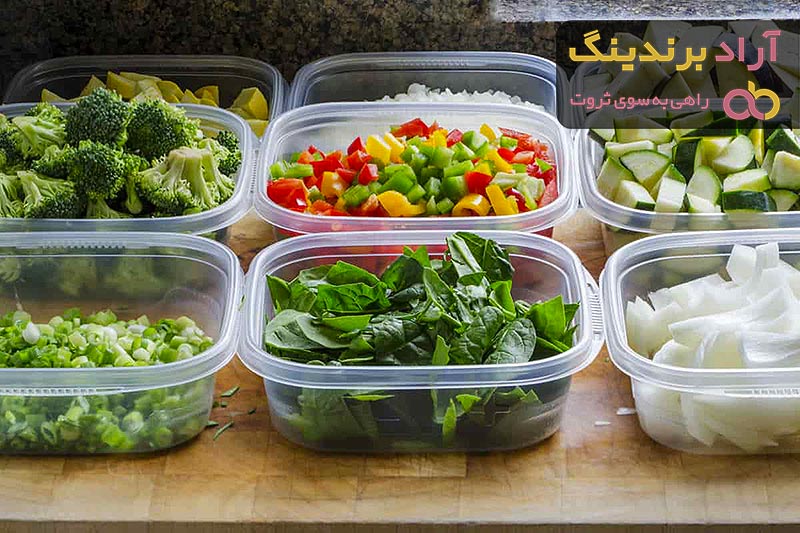


Your comment submitted.